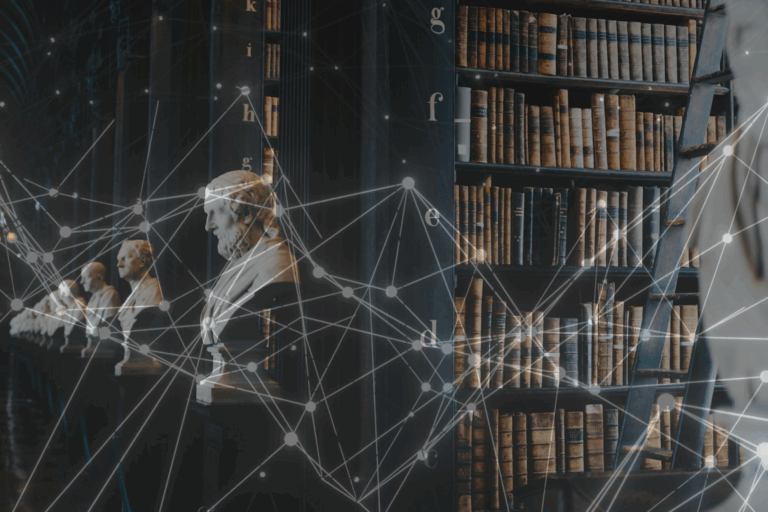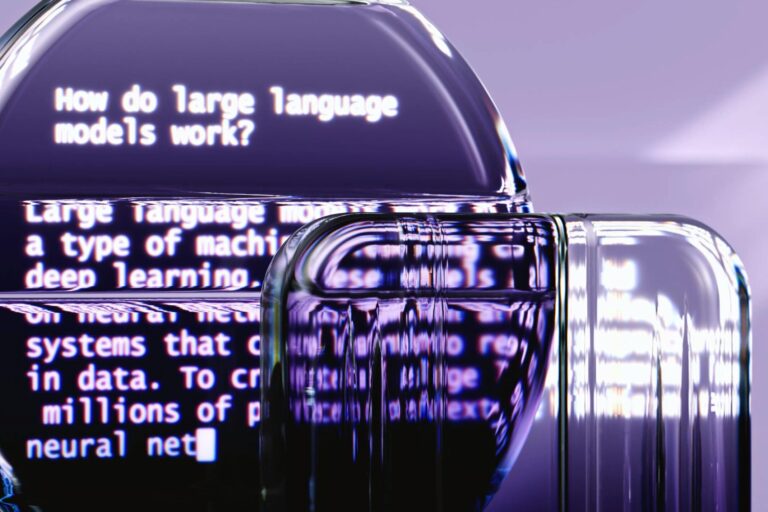
GenAI stands as today’s innovation vanguard, with millions in the UK using its capabilities to enhance their work, and nearly three-quarters of these users reporting a significant boost in productivity. Yet what’s different from previous technological booms is the pivotal role of developers taking centre stage. In past waves, developers were the unseen architects who brought others’ visions to life. Now, with GenAI, they are the principal innovators steering its evolution.
CIOs adapting to this developer-centric movement are positioned to drive transformation within their enterprises. In the following, we explore the reasons behind this shift and how leaders can embrace it to make the most of GenAI.
How developers will advance the next generation of AI
While many breakthroughs begin with a grand vision, true innovations are application-driven, with progress arising from the bottom up, fueled not by a single central idea but by collaboration and the diverse contributions of a community. Linus Torvalds created the Linux kernel in 1991, but it was the worldwide community of developers that expanded it into a massive open-source ecosystem.
Within organisations, it’s developers who are constantly finding new and creative ways of solving business problems, fuelling change, and enabling organisations to adapt and thrive in the evolving tech landscape. For instance, Google famously introduced a “20% time” programme for developers to work on anything they wanted, sparking new products like Gmail, Google News, and AdSense.
GenAI offers especially fertile ground for developers, so it is essential to empower them to explore the emerging possibilities that surround it freely. While tools like ChatGPT and Midjourney have swiftly captivated consumer markets, enterprises remain cautious due to the higher stakes.
It’s through investment in AI literacy and allowing for safe exploration for developers that organisations can better understand GenAI’s potential and guard against missteps, all while following clear policies and guidelines.
GraphRAG and the open-source landscape
Developer-led discovery and innovation depend on two ingredients: an opportunity and new technologies or patterns applied differently to solve the problem at hand.
Consider GraphRAG, which amounted to a need to solve a problem: GenAI applications were hallucinating, operating as a black box, and had no awareness of what an end user is allowed to see or what is sensitive or private data. While vector-based RAG offered some help, it wasn’t sufficient for many use cases. In mid-2023, developers independently conceived the idea of integrating knowledge graphs into GenAI pipelines, leading to GraphRAG.
GraphRAG elevates GenAI by fusing vector similarity searches with knowledge graphs. This approach not only adds authoritative knowledge and context but also yields more accurate, understandable, and transparent outcomes. Analysts like Gartner have underscored GraphRag as being essential for improving GenAI accuracy, leading to higher adoption.
The emerging era of AI-focused engineering
This goes to show that the role of the developer has been morphing. Software developers are now becoming AI engineers, integrating AI into modern applications. They’re crafting new architectures that work around AI’s current limitations, introducing fresh functionalities, and enhancing user experiences. The variety of models and new frameworks helps manage complexity, accelerate innovation, and make application building as much about assembly as coding.
As AI becomes essential to modern applications, developers are integrating LLMs and creating innovative architectures, like GraphRAG and agentic frameworks, to overcome their limitations. Agentic systems embody how developers innovate around core AI models; guiding LLM reasoning, orchestrating multiple roles, and preserving context for more effective outcomes. The software gives users the ability to pause and review context later, so teams can refine and resume tasks seamlessly, at any time, without losing sight of the broader objectives. This evolution enhances both employee and customer experiences, while open-source models and APIs encourage creativity across the tech stack.
Tools like LangChain, LlamaIndex, and AG2 streamline the process, making AI adoption more accessible and modular. While the vast options might seem overwhelming, they actually ease the workload, making AI integration more accessible and transforming application development into a modular, GenAI-assisted process.
These trends signal GenAI’s technical viability and value within organisations. The question isn’t how intelligent large language models will become; it’s what developers will do with the evolving toolkit.
Strategic actions to encourage AI-driven progress:
Give the freedom to experiment. Even if it’s an hour of their workday, giving your developers licence to experiment makes innovation happen. One example of something that quickly came to fruition is the free and open source Knowledge Graph LLM Builder, which brings together a variety of open components that help anyone get into the basics of GraphRAG in minutes.
Provide frameworks that remove creativity barriers and facilitate safe, responsible experimentation. Build clear policies, offer access to the latest tech and tools, and ensure data privacy and security.
Empower developers. Empower developers by aligning resources and strategies with GenAI objectives. While building a GenAI application is a start; ensuring its accuracy, transparency, and explainability is another. CIOs need to architect and scale with these goals in mind. Align with developers on the best tools vital for GenAI adoption.
EY suggests that leaders should also consider prioritising small strategic initiatives that link separate or independent teams in ways that allow multiple uncertainties or constraints to be addressed simultaneously and validate decisions with developers’ input.
Think holistically. Think about the developer experience, not just their productivity. Developers do more than write code; they design, diagnose, debug, and fix. Unlike automation tools, they make software do what humans need. CIOs can prioritise efficiencies with GenAI and build innovations that impact the top line. Bottom-line efficiencies are important, but the ultimate winners will use top-line innovations to win with GenAI.
The revolution of GenAI-driven enterprises
Developers now sit at the core of GenAI’s business impact, ensuring technology is adopted responsibly, securely, and ethically. With their practical expertise, they help organisations avoid risks while building trust.
CIOs who appreciate their developers’ value will be better positioned to unlock GenAI’s full potential. By working closely with these experts, leaders can guide their companies toward steady growth, smarter solutions, and lasting innovation.

Andreas Kollegger
Andreas Kollegger is Gen AI Innovation Lead at Neo4j.


